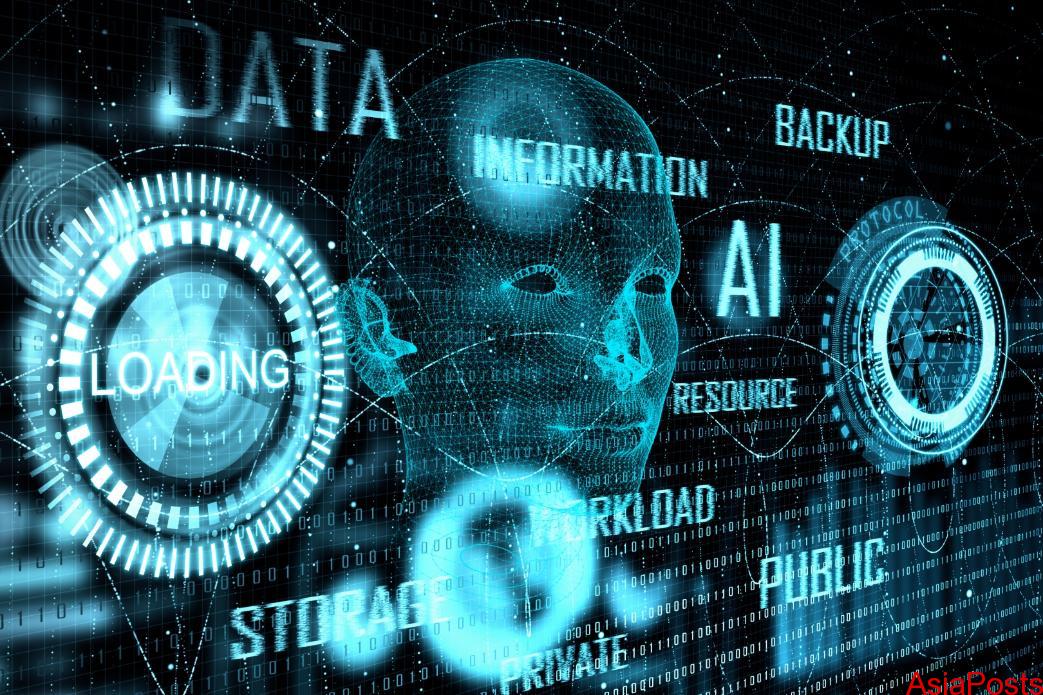Anyone interested in cybersecurity knows that not all IT devices and systems are equally dangerous. Some databases include more helpful information than others. Some are mission-critical, whereas others, while significant, do not spell “doom” if they got hacked.
Although, when it relates to the executive suite. The security team treat executives the same as any other employees and use similar security measures, including anti-malware solutions, authentication, and on-device security.
Executives usually hold the most confidential information on their own devices and, therefore, are vulnerable to information leakage through phishing tactics. Consequently, hackers who use incredibly advanced and stealthy techniques to hack and breach devices and systems are likely to target them mainly. This article discusses the potential executive security risks and how to ensure them.
What Is a Cybercrime?
Cybercrime is an illegal act that involves a computer or the internet. It can take many forms and originate from organizations and individuals with various underlying motives. A small group of persons can create disproportionately extensive damage, making cyber dangers asymmetrical threats.
Categories of Cyber Criminals
- Criminal organizations groups with a financial motive: Most of these organizations are in Eastern Europe.
- Nation-state actors: Individuals who operate explicitly or implicitly for their government to collect crucial information and impair the capacities of their opponents. They are the most advanced cyber hackers, with China accounting for 30% of all attacks.
- Activist groups, also known as “hacktivists,” are not generally out to steal money. They are out to promote their faith, beliefs, or purpose; they’re aiming to harm reputations or clients.
- Insiders: These are employees who are “blackmailed, disillusioned, or even overly helpful” from within an organization. Although, they may not indulge in cybercriminal actions on purpose; for example, some may grab a design document or contact list without understanding the potential for harm.
Nature of Cyber Attacks
The latest news stories show how sophisticated and successful attacks have gotten. Many high-profile ransomware incidents have occurred in recent months. The meatpacker JBS, Colonial Pipeline hack, and the Metro Police Department (Washington, D.C.) are among them. The Ryuk Ransomware Group also attacked 235 healthcare facilities and hospitals in the United States.
The evidence that social engineering attacks are growing more widespread and aggressive is undeniable. The Chief-suite and other senior executives are in the sights because they often have more access and permissions to systems, as well as more confidential information on their gadgets.
These un-secure devices could include tablets, smartphones, and even home PCs that lack virtual private networking and other cybersecurity features such as hard drive, anti-malware and other storage devices encryption by default. Administrative support and personal assistant employees with senior CEOs and crucial access information are also at stake.
Finally, it’s vital to comprehend each executive’s entire digital footprint and adopt security controls and policies to social media profiles like Twitter and LinkedIn. It is also crucial to frequently watch accounts for suspicious behavior or strange posts.
Maximum Security for Risk Control
Executives, therefore, demand additional and increased levels of security, which extend beyond the home and the office. Individuals are once again boarding flights, trains, and vehicles for traveling. As the pandemic declines, they access client sites and public Wi-Fi at coffee shops, hotels, and airports. It requires a more advanced technique, i.e., MTD (Mobile Threat Defense).
What Is MTD?
The Mobile Threat Defense (MTD) incorporates a dynamic application code and data. An active runtime platform is one approach to do this. The platform, created by the United States Department of Homeland Security, is intended to divert attacks by providing a more complicated and continuously shifting attack space. To achieve this object, it employs a variety of tools, methodologies, and approaches.
What Does An MTD Offer?
An MTD delivers fundamental securities:
- Protected browsing: A browser’s protected mode adds an extra degree of security to crucial and sensitive information. In essence, the browser constantly examines the connection (rather than just at the beginning) to guarantee that it is secure and private. Malware and injecting code become nearly tricky as a result, secured browsing access by browser extensions and add-ons, such as Google Chrome and Mozilla Firefox.
- Isolation and network segmentation: By running web code on local devices or across the network, isolation eliminates risks from damaging company networks and systems. Likewise, while working away from trustworthy devices and network connections, network segmentation internalizes and safeguards communications.
- Privacy measures: Obfuscation methods hide a person’s online identity and prevent surveillance attempts. Traditional VPNs and routers, for example, are vulnerable to flaws and frequently expose a person’s identification. A preferable strategy to aggressively reduce cyber risks is to use cloud-based network solutions that provide Zero Trust through concealment and MTD.
An MTD is successful since it creates unpredictability, chaos, and noise. Noise generates by hackers being distracted by constantly shifting IP addresses, easy-to-hack decoy programs, and the capacity to adjust dynamically and even reduce threat vectors. Furthermore, MTD operates at various levels of the framework stack, offering hackers a dynamic view of the IT environment. As a result, hackers are likely to shift to more specific targets at some point.
Solution
Companies must install MTD safeguards on all executives’ devices when traveling to decrease the attack vector of possible vulnerabilities. Of course, physical security safeguards are also necessary, such as preventing public Wi-Fi, blocking USB connections, and even installing screen protectors on flights, cafes, and trains, to avoid off-angle viewing.
Companies should not overlook executive training and awareness. This training and awareness include highlighting the significance of adhering to guidelines, employing encryption regularly, and avoiding the usage of unsecured personal devices. Finally, solid physical security and proper cleanliness can go a long way toward securing resources and preventing attackers. Companies can also subscribe to Efani and ensure their employees from various cybersecurity threats.



























































